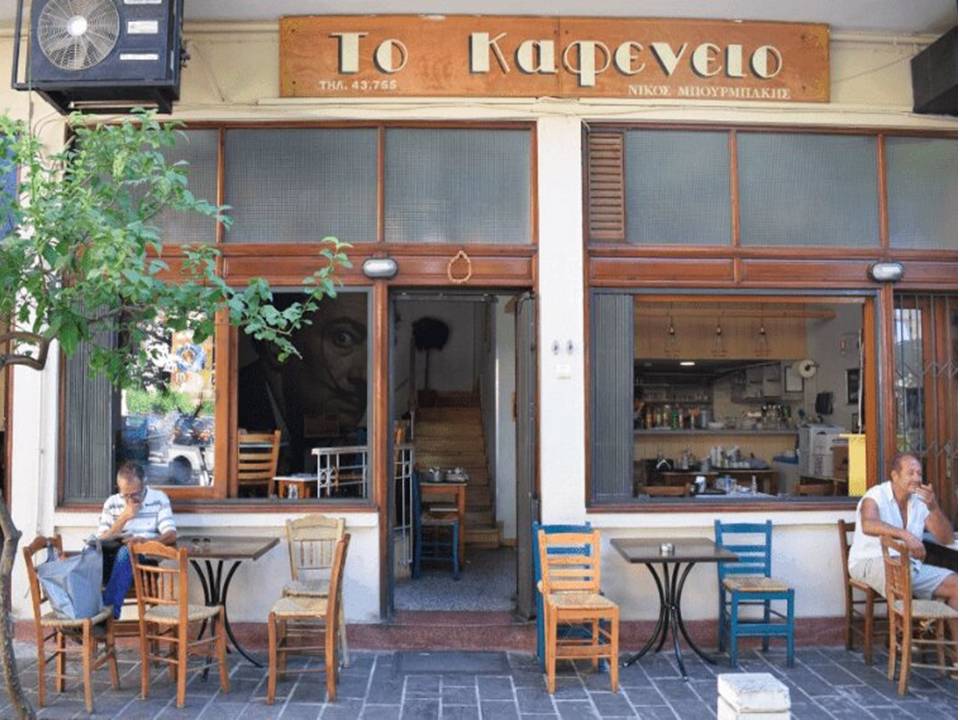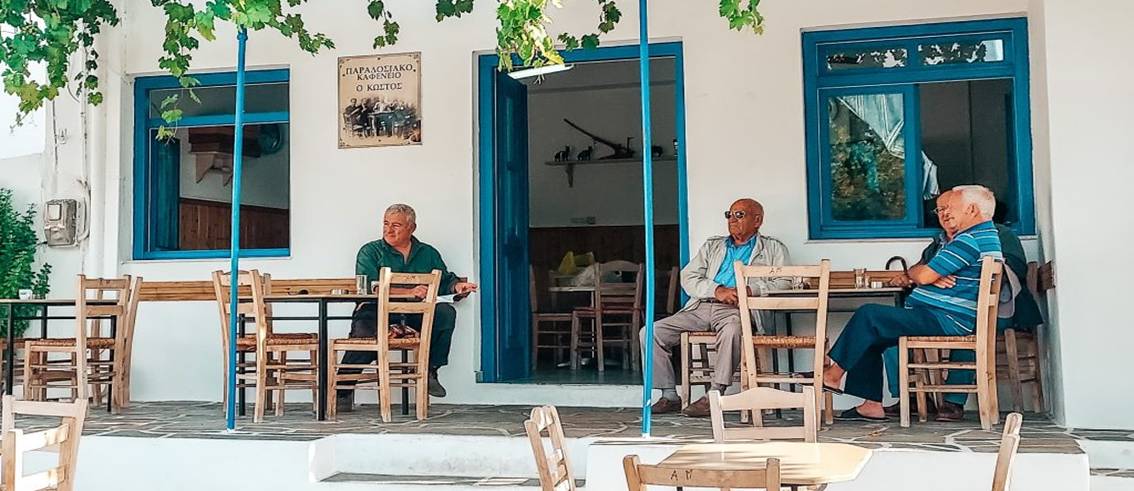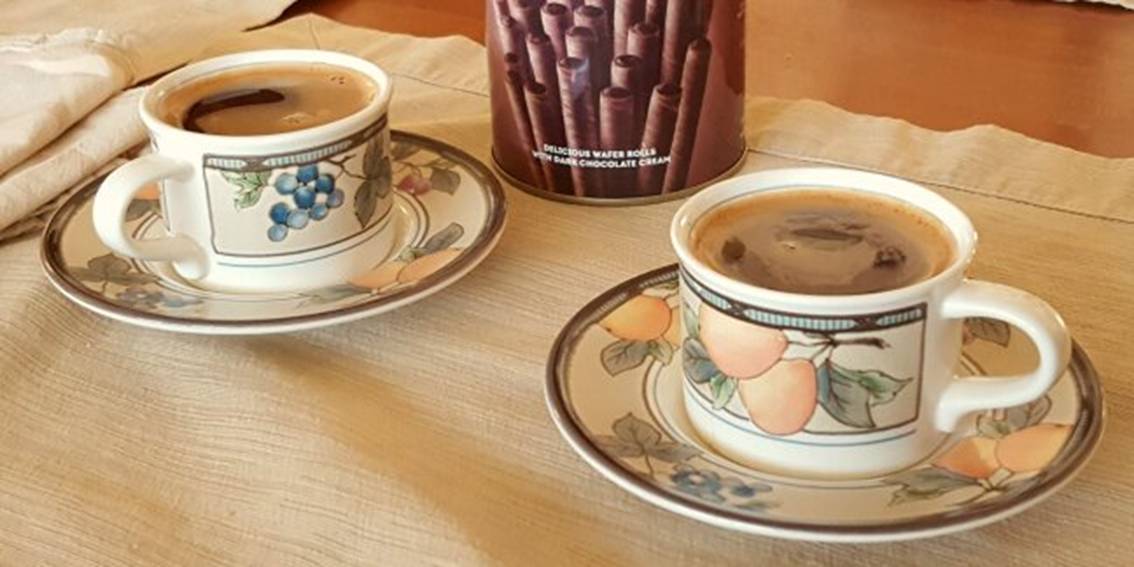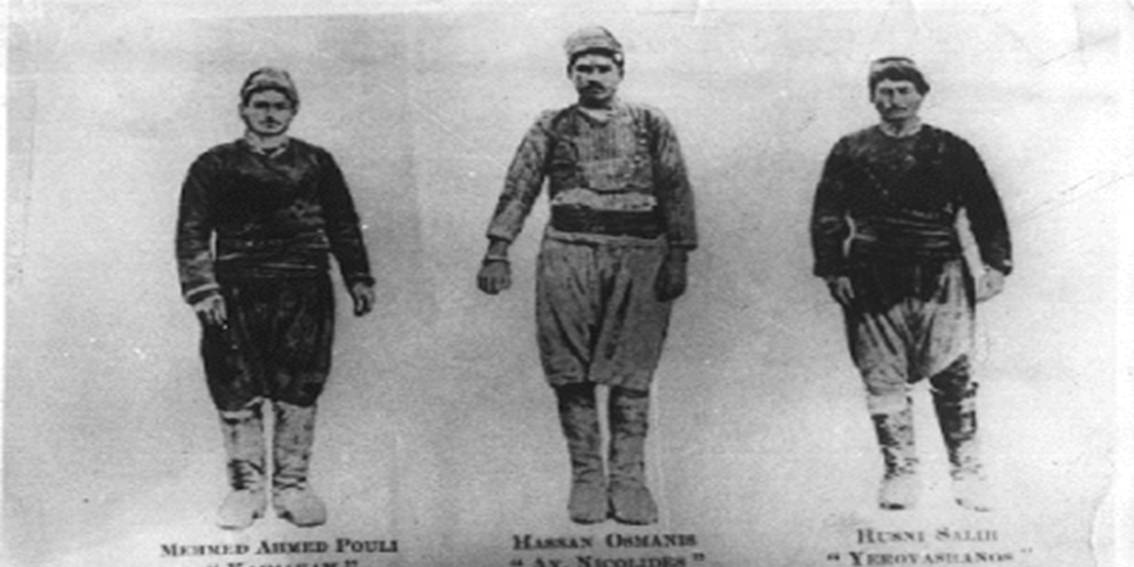Once Upon a Time: Village Life in Cyprus
Once Upon a Time: Village Life in Cyprus. Cyprus, nestled in the Mediterranean, is a land of ancient traditions and rich culture. Before modernization and urbanization took hold in the 20th century, village life thrived as the heart of Cypriot society. Once Upon a Time villages were vibrant communities deeply connected to the land, agriculture, and shared customs. This is the story of a time when life moved at a slower pace, rooted in nature and community.
The Heart of the Village
Once upon a time the village was more than just a cluster of homes. It was a living, breathing entity where every resident played a vital role. At the centre stood the church, a symbol of faith and a gathering place for the community. Once Upon a Time, church bells rang not only to mark time but also to call villagers together for worship, celebrations, and important announcements.
Nearby, the village square served as the social hub. Old men gathered here to play tavli (backgammon), share stories, and debate the latest news. Small shops and kafeneia (coffee houses) surrounded the square. The aroma of freshly brewed coffee filled the air, mingling with the sound of lively conversations. Villagers stopped by to pick up essentials, chat with neighbours, or simply enjoy a quiet moment in the shade.
Life in the village moved to the rhythm of the seasons and the cycles of the land. It was a world away from the fast-paced hustle of city life.
A Life Rooted in the Land
Agriculture formed the backbone of village life in Cyprus. Most families owned small plots of land where they grew olives, grapes, and grains. The olive tree, a symbol of peace and prosperity, held a special place in the hearts of villagers. Olive oil was used not only for cooking but also in religious rituals and as a remedy for ailments.
Grapes were another essential crop. Families harvested them to produce wine, a staple of Cypriot culture. Winemaking techniques were passed down through generations, becoming a source of pride for many households.

Once upon a time the yearly harvest was a communal event. Everyone in the village came together to gather crops. Men, women, and children all had their roles. Singing and storytelling often accompanied the work. After the harvest, the village held a feast to celebrate the year’s bounty. Food and wine flowed freely, and traditional music and dance brought everyone together.
Tradition and Community
Once upon a time customs and traditions were the glue that held village life together. Weddings were grand affairs, often lasting several days. The entire village received an invitation to celebrate. The bride wore a traditional white gown, and the groom led a procession through the village to collect her. Musicians playing the violin and laouto (a traditional string instrument) accompanied the procession.
The marriage ceremony took place in the village church. It blended ancient rituals with Christian faith, symbolizing the union of not just two individuals but two families.
Religious festivals, especially Easter, were highlights of the village calendar. Preparations began weeks in advance. Villagers baked flaounes (cheese-filled pastries) and dyed eggs. On Good Friday, they gathered to decorate the Epitaphios, a wooden bier representing Christ’s tomb, with flowers. A solemn procession followed, bringing the community together in shared faith and devotion.
The End of an Era
Over time, modern life began to pull people away from the villages. Young people left in search of better opportunities in cities or abroad. The once-thriving communities started to dwindle. New conveniences replaced the old ways, and traditions that had been passed down for generations began to fade.
Today, many of Cyprus’s villages are quiet. Their squares stand empty, and their fields lie untended. Yet, the memories of that simpler time live on in the hearts of those who remember. The village life of Cyprus may belong to the past, but its legacy continues to shape the island’s identity. It serves as a reminder of a time when life was lived in harmony with nature and community.
You May Also Like This
The Unnamed Princess: https://anatolikilemesou.com/?p=5054




